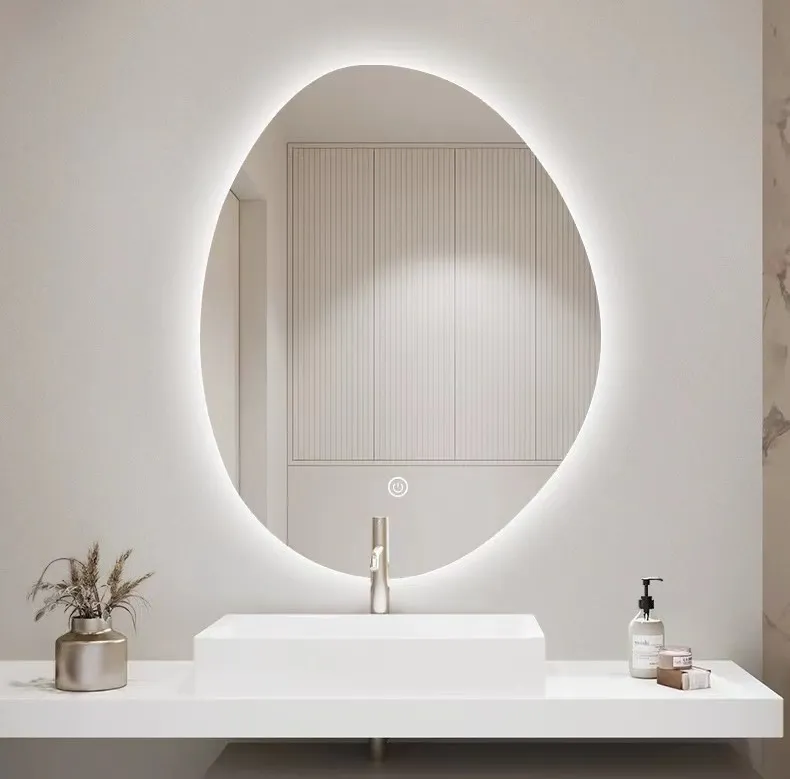

Understanding Grey Low-E Glass A Versatile Solution for Modern Architectural Design
In contemporary architecture, the interplay of aesthetics, energy efficiency, and comfort has become increasingly significant. One of the key innovations catering to these demands is Grey Low-E Glass, a material that has revolutionized the way buildings engage with natural light while also enhancing energy performance. This article explores the characteristics, benefits, and applications of Grey Low-E Glass, highlighting its role in modern buildings.
What is Low-E Glass?
Low-E, or low-emissivity glass, is a type of energy-efficient glazing that is coated with a microscopically thin layer of metallic oxides. This coating allows visible light to pass through while reflecting infrared radiation, which helps to control heat transfer. Low-E glass comes in various shades, with grey being a popular choice due to its unique properties and visual appeal.
The Aesthetic Appeal of Grey Low-E Glass
Grey Low-E Glass is particularly admired for its sleek, modern look. The neutral grey tint complements a variety of architectural styles, from contemporary to traditional, providing a sophisticated appearance that enhances the overall design of a building. This type of glass not only contributes to a building's aesthetic value but also influences its perceived mass and size, making spaces feel more open and inviting.
Energy Efficiency Benefits
The primary advantage of using Grey Low-E Glass lies in its energy efficiency. By reflecting heat during the warmer months and maintaining warmth during the colder months, this glazing option significantly reduces the need for heating and cooling systems. Buildings incorporating Grey Low-E Glass can achieve substantial energy savings, which is crucial for both environmental sustainability and reducing operating costs. According to various studies, using Low-E glass can lead to energy savings of up to 30% compared to traditional glass.

Enhancing Indoor Comfort
In addition to its energy efficiency, Grey Low-E Glass plays a vital role in ensuring indoor comfort. By minimizing glare and reducing excessive solar heat gain while still allowing natural light to flood in, this type of glass creates a pleasant indoor environment. Employees in office buildings, for example, benefit from enhanced comfort, which can lead to increased productivity and overall well-being.
Applications of Grey Low-E Glass
Grey Low-E Glass is versatile and can be used in various applications, including residential, commercial, and institutional buildings. It is commonly employed in windows, curtain walls, and skylights, making it a popular choice for new constructions and renovations alike. High-rise buildings, in particular, benefit greatly from this type of glazing, as it enhances both energy performance and aesthetic appeal.
Environmental Impact and Sustainability
As the world becomes increasingly aware of environmental issues, the demand for sustainable building materials has risen. Grey Low-E Glass contributes to greener building practices by enhancing energy efficiency and reducing the carbon footprint of structures. Additionally, many manufacturers produce Low-E glass using eco-friendly processes, ensuring that the impact on the environment is minimal.
Conclusion
In summary, Grey Low-E Glass is more than just a functional building material; it combines aesthetics, energy efficiency, and comfort in one sleek package. Its ability to reflect heat while allowing natural light to permeate spaces makes it an ideal choice for architects and builders striving for sustainable, modern designs. As construction trends continue to evolve, Grey Low-E Glass stands at the forefront of innovative solutions that meet the challenges of contemporary architecture, paving the way for a more energy-efficient and visually appealing built environment. Whether used in residential homes or expansive commercial buildings, this versatile glazing option is set to remain a staple in the industry for years to come.